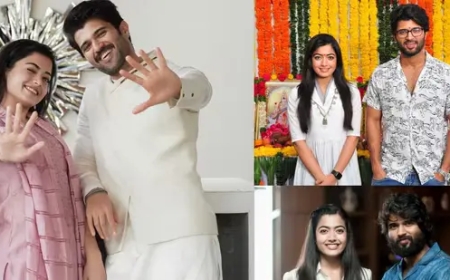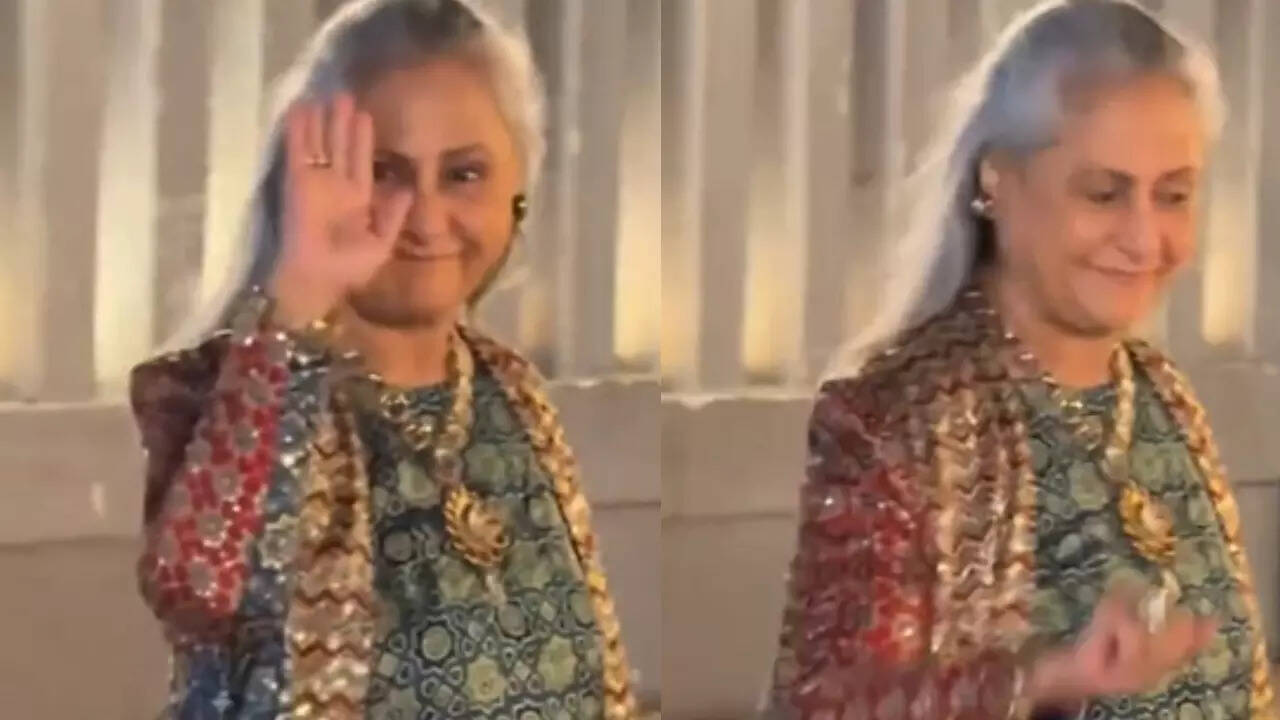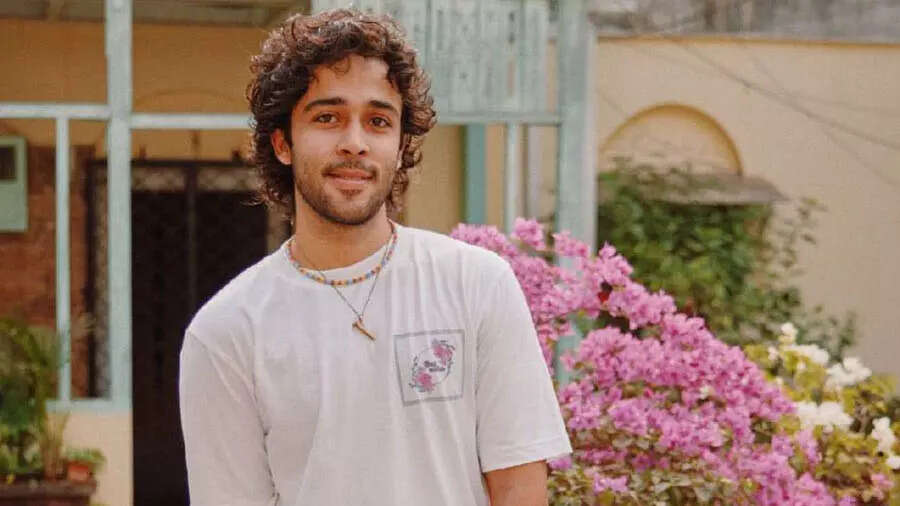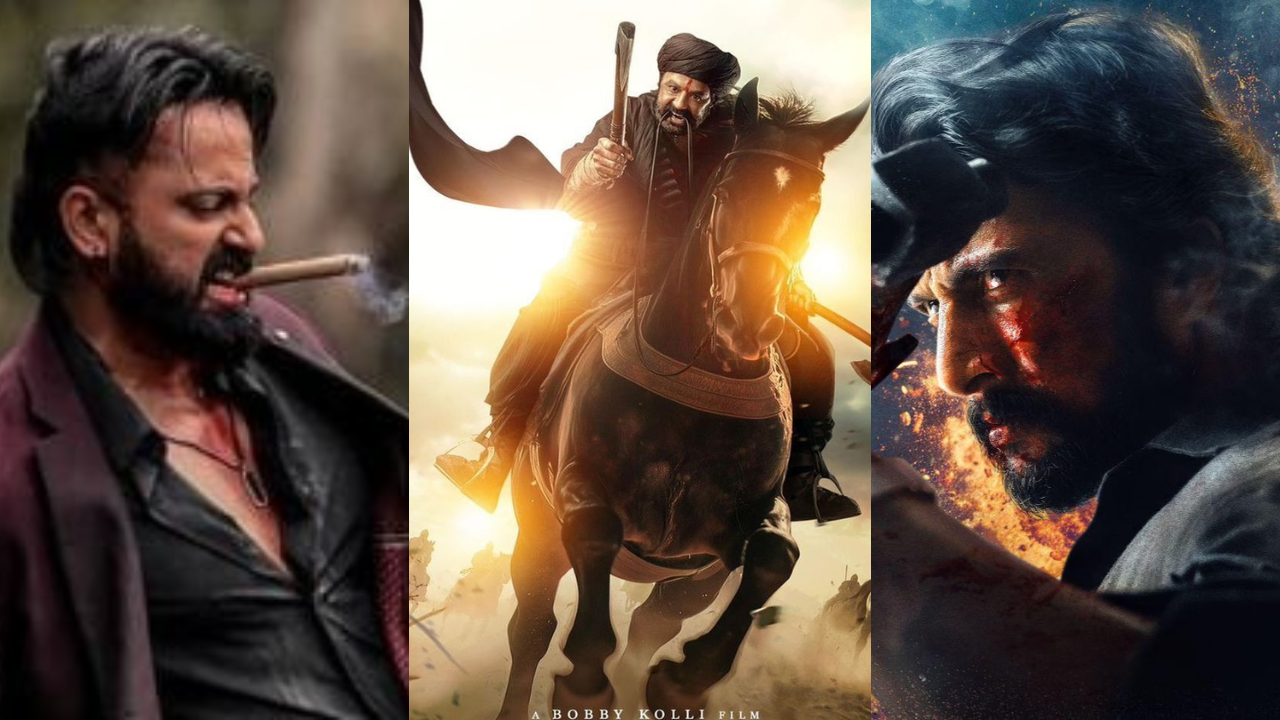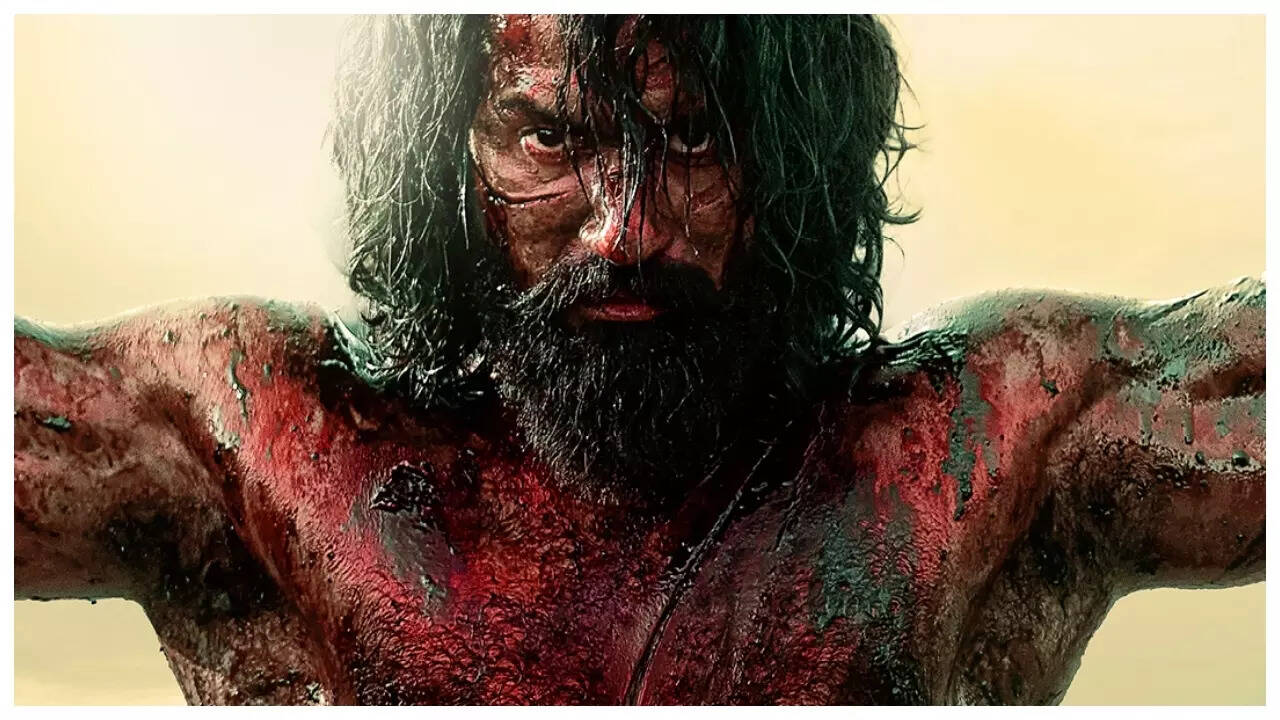Chapri Meaning: A Comprehensive Exploration

In recent years, the word chapri has become an important part of internet slang and colloquial language, particularly in India and other South Asian countries. Its usage, though popular on social media and within urban youth culture, often carries a nuanced and sometimes humorous meaning. This article delves into the origins, evolution, and different connotations of the term "chapri," as well as its cultural relevance.
Origin of the Word "Chapri"
The term chapri has its roots in the Hindi and Urdu languages. It is often associated with a certain socio-cultural class or group, particularly among young men who are seen as flamboyant, loud, and typically associated with the street or lower-middle-class youth subcultures. While there isn't a single, universally accepted definition, the term’s usage generally refers to individuals who are considered overly flashy, lowbrow, or excessively confident in their outward appearance or behavior.
In Indian subcultures, especially among urban youth, chapri began as a slang term to describe a certain fashion sense or lifestyle. The word has since evolved into a somewhat pejorative or comedic term, often used to poke fun at someone or something that is considered tacky, over-the-top, or inauthentic.
Different Contexts of Chapri
-
Fashion and Appearance: In its most common context, chapri refers to a person—usually a young man—who adopts a flashy, attention-grabbing style that might be considered distasteful or over-the-top. This might include wearing overly branded clothes, flashy jewelry, or loud, ostentatious accessories. The term might be used to describe someone who dresses in a manner that is intended to attract attention, but often comes off as trying too hard.
For instance, a man wearing overly tight pants, loud shirts, and accessorizing with gold chains and sunglasses might be referred to as a chapri. This person often embodies a persona of brash confidence or exaggerated masculinity.
-
Behavioral Connotation: Beyond fashion, chapri is also used to describe certain behavioral traits. These include overconfidence, a tendency to boast or act tough in an exaggerated manner, and a preference for attention-seeking activities. The term carries a sense of someone trying too hard to fit into a specific social group, often perceived as trying to project an image of someone they are not. This behavior is often linked to a particular social class or group trying to "rise above" their station through loud, boastful behavior.
-
Social Media Influence: The emergence of social media platforms like Instagram, TikTok, and YouTube has also played a significant role in popularizing the term chapri. Many influencers and content creators often use the term humorously or self-deprecatingly to describe themselves or others in the context of viral content, particularly when they post attention-grabbing or flashy content meant to go viral.
On platforms like TikTok, it is common to see videos where individuals mock or parody the chapri persona—exaggerating their appearances or behaviors for comedic effect. This has led to the term being used both as a criticism and as a form of self-identification among young people.
-
The Class and Status Link: Historically, chapri has been used to describe the aspirational youth from middle or lower-middle-class backgrounds who try to project an image of wealth, power, or status. The term is often linked with street culture and urban settings, particularly in cities where there is a visible divide between classes, and individuals might use their appearance or behavior as a way to transcend perceived social barriers.
Chapri in Pop Culture
Pop culture and music have also embraced the term chapri. In Bollywood movies, chapri is sometimes used to describe characters that are portrayed as the "typical street-smart, flashy youth" who might be seen as obnoxious but also have a unique charm. In some cases, such characters are shown as endearing, though they often lack refinement or social graces.
Moreover, songs and music videos in Indian pop culture, particularly in the rap and hip-hop scenes, frequently reference chapri characters. The term is used to define certain types of attitudes or behaviors that are central to the narrative or theme of a song. These musical references may further cement the connection between the word and specific socio-cultural identities.
The Positive and Negative Aspects of Chapri
Like many slang terms, chapri carries both negative and positive connotations, depending on how it is used.
-
Negative Connotations: As a term of mockery, chapri is often used to describe someone whose taste is considered poor or tacky. It can be used to criticize someone’s attempts to appear wealthy or fashionable when it is perceived as inauthentic or overdone. In this sense, the term is used to poke fun at individuals who are trying to project an image of success or style, often unsuccessfully.
-
Positive Connotations: On the flip side, chapri can also be embraced humorously by those who identify with the term. In some cases, it has been co-opted by young people who use it to describe themselves in a fun and rebellious manner. They might see themselves as breaking norms or embracing their unique sense of self without caring about societal expectations. In this context, being called a chapri might be seen as a badge of honor, signifying an unapologetic, confident personality.
Chapri and Its Influence on Language and Identity
The rise of digital culture and its impact on language cannot be understated. Slang terms like chapri have become a part of everyday conversation, especially in the realm of youth culture. The term reflects how language evolves to reflect changing social norms, media influence, and generational identity.
As more people, especially younger generations, turn to platforms like Instagram, YouTube, and TikTok to shape their identities, chapri has evolved beyond its original meaning. It now encompasses not only fashion and appearance but also a lifestyle that embodies audacity, boldness, and a disregard for conventional standards of behavior.
Conclusion
In conclusion, chapri is a term that has evolved significantly over the years, moving from a descriptor of a certain socio-cultural group to a widely used slang that encapsulates behaviors, fashion trends, and attitudes. While it often carries a negative connotation, it has also been reclaimed by some as a badge of honor, representing confidence and individuality. The term is a reflection of the complex and ever-changing nature of language, identity, and culture in the digital age. Whether as a critique or as a self-identification, chapri remains an important and dynamic part of contemporary youth slang.
What's Your Reaction?
 Like
0
Like
0
 Dislike
0
Dislike
0
 Love
0
Love
0
 Funny
0
Funny
0
 Angry
0
Angry
0
 Sad
0
Sad
0
 Wow
0
Wow
0





